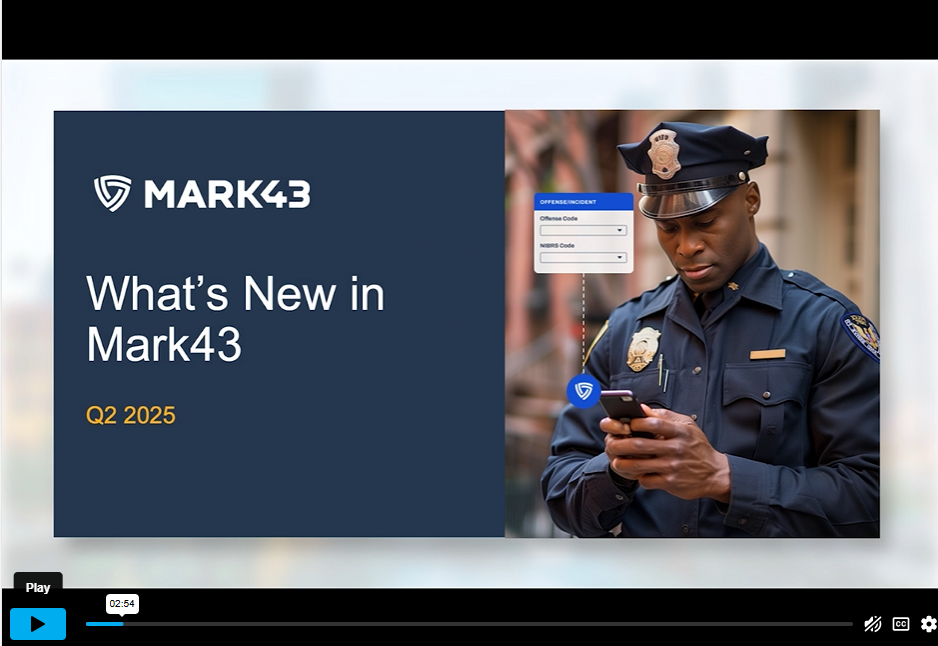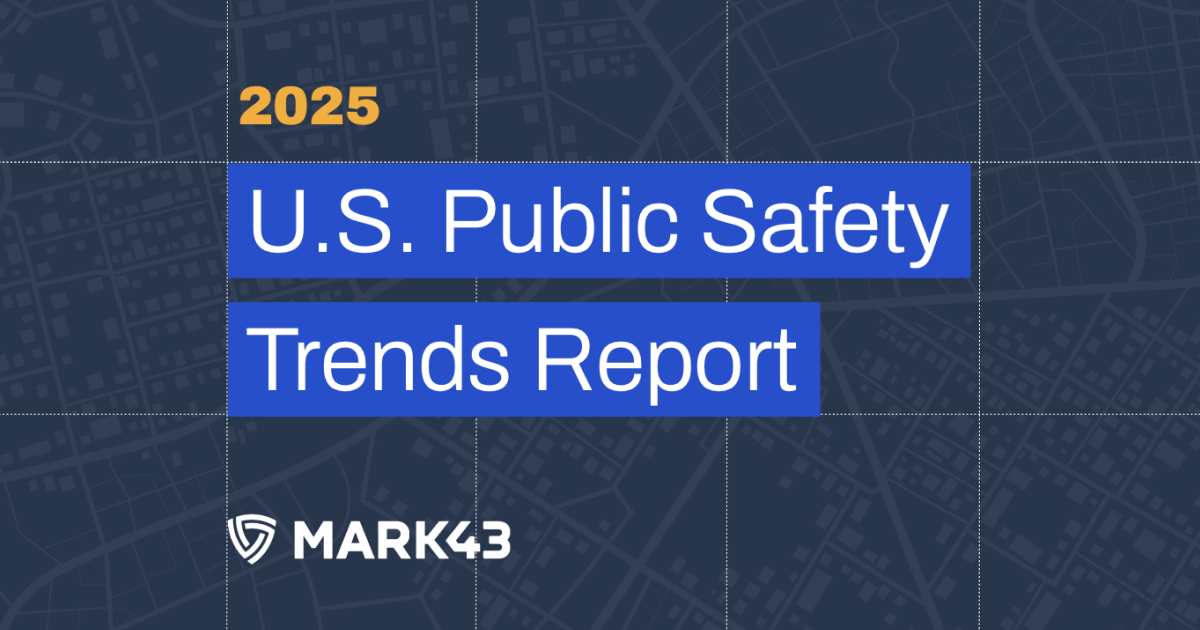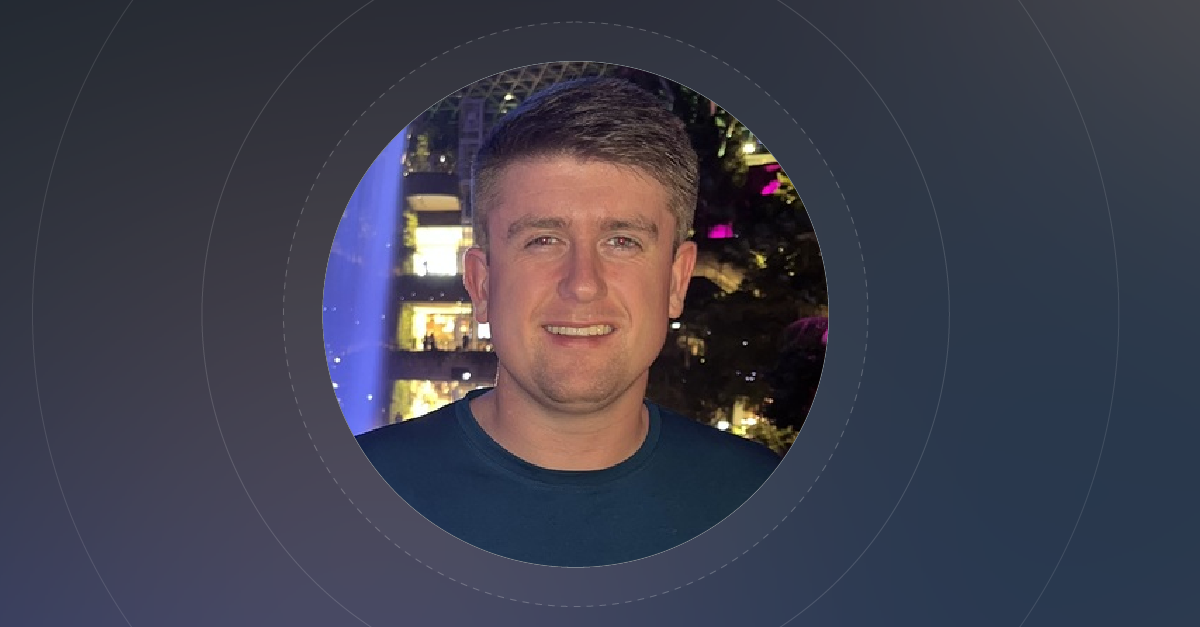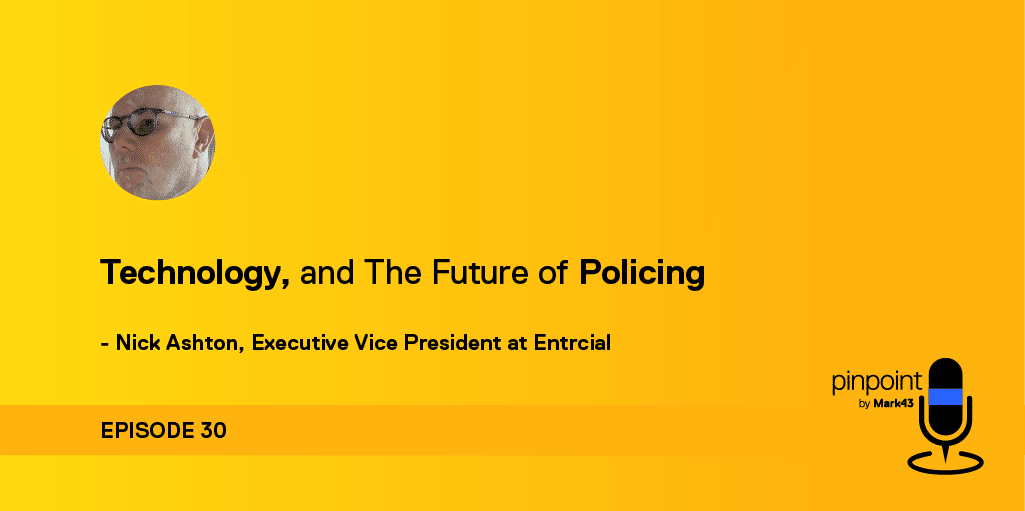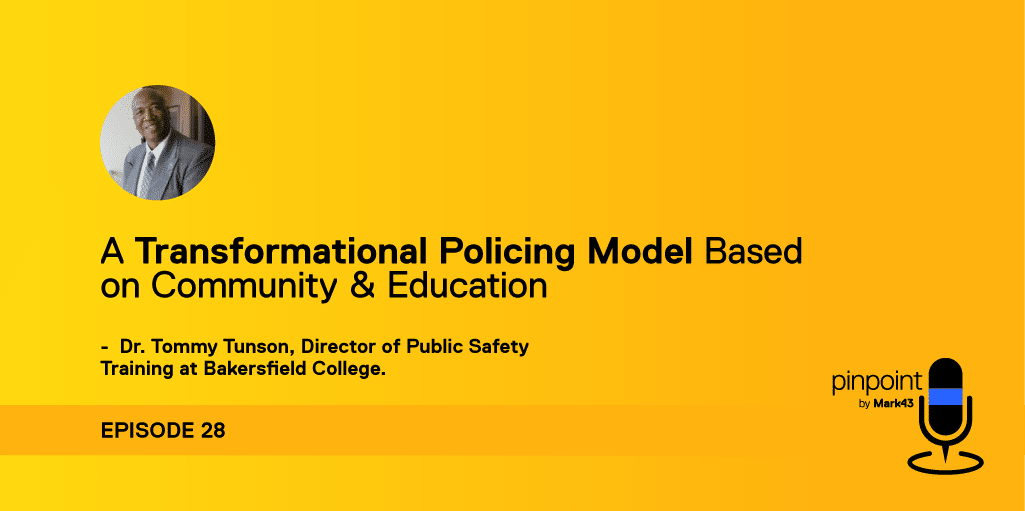
You know that community and police relations can get dicey sometimes.
How do police departments prevent community flare ups from happening?
With real, not fake, data.We spoke with Dr. Howard Henderson, Director of the Center for Justice Research at Texas Southern University (TSU). He has some eye-opening ideas about policing and data.
[popup_trigger id=”1576″ tag=”pinpoint”]
[/popup_trigger]
The research center takes an evidence-based approaches married to a culturally sensitive perspective. The idea is to put culturally sensitive empirically supported solutions in the hands of those who are in charge of policy-oriented change.
TSU was the natural choice for the center. “Location is everything,” said Henderson. “But in addition to location, as Special Purpose urban designated Texas institution, we have a history of making a difference for individuals who have not traditionally been able to make a difference for themselves.”
TSU is at the nexus of policymakers, decisionmakers, the university, and the community.
Four Pillars: The Center for Justice Research’s Mission
- To help the police and the community advance their relationship.
- To understand how prosecutors make better decisions.
- Understanding predictive bias and what algorithms can be used to predict future behavior without bias.
- Increasing the number of minority criminal justice researchers and faculty who focus on dismantling unnecessary barriers and experiences between the justice system and the community.
The center also answers real-time questions from policymakers, justice decision makers, non-profit’s and community groups who don’t have time for the traditional research turn around or the expertise involved in the research.
How to Ease Community and Police Divides
There is the lack of communication on both sides. Both sides tend to have an adversarial relationship with the other.
“Each side often only sees the other when there’s a problem,” said Henderson. “And I think that needs to be changed so people no longer see the police as adversarial.”
Community and police need to communicate regularly. Quarterly is best, but yearly at a minimum. This way they can come together when it is not about a particular arrest or incident.
“We have used the criminal justice system as the solution to our problems, but a lot of those problems are social, behavioral, psychological, or economic in nature.” — Howard Henderson
TV and Social Media Provide Bad Data for All Sides
Because media (both broadcast and social) apply national statistics, such as the level of trust in police, to local stories, that data is presented in the wrong context.
The data that we need to be gathering must be holistic in nature, sort of a wrap-around research based approach to issues on a local level.
National data seldom takes consideration of social class, education, personal experience, nor does it account for the role of personal and vicarious experiences in understanding of the issues.
Big national numbers don’t reveal the local picture and tend to get politicized quickly which doesn’t help create dialogue.
As we have seen on a national level, when people start talking about each other politically, they tend to do so in absolutes.
“You can’t really determine that it is all police or all community members. As a country, we haven’t done a good job of making sure that the community’s voice is respected in this conversation.” — Howard Henderson
Changing Police Culture with New Messaging and Data
There is a paradigm shift happening in policing as a younger, more diverse generation joins the ranks. This is a natural demographic shift. But in most cases, the police diversity falls far short of matching that found in the local community.
The more accurately the local law enforcement reflects the community it serves, the more easily they can build bridges to that community.
What makes aggressive diversity recruitment difficult is the historically strained relationship between law enforcement and the community. The groups that we need to have represented in the police department are very apprehensive about becoming police officers.
Part of making the community more receptive to recruitment is allowing people to see that policing is about more than just making arrests. It’s also about making the public safe.
The police leadership needs to make sure that message is being sent out and received. The media should not control the message of the police department.
While new faces are important, the shift is also about a new attitude when it comes to transparency and accountability. Some hard-liners are resisting the change.
The key is accountability. This is about sharing information with the community and being held accountable for what issues may arise as a result of others being able to analyze the information.
Accountability is huge. If you’re in a closed organization, and all of a sudden you need to open up your information, and you are being held accountable, it creates concerns. People who thought that life was one particular way, all of a sudden find out that it’s totally different because of the transparency.
Creating Alternatives to the Criminal Justice System
Many communities are looking at pretrial justice and pretrial assessment. Policymakers have realized that our system is processing too many individuals because they can’t afford not to go through the system.
That also manifests itself with racial inequities.
By diverting people from the system and sparing them the label of a conviction and/or incarceration, communities are creating a new alternative that is equitably applied to all groups.
While these approaches are being tried in large cities, they hold a special appeal for smaller communities.
Some communities feel that they need money to make these changes. That’s backward. Most don’t have the physical resources, and it’s economically unfeasible to continue in that direction.
With over 2 million people in prison, and three times that number in local jails around the country, you’re not going to be able to continue processing those numbers through our criminal justice system and have a functioning society.
There are alternatives that work.
Big Data and Community Policing Free Workshop: Houston, April 27, 2019
“During this free four-hour workshop, police, public safety, and community members will all have an opportunity to develop tangible resources that they can take home to make a difference,” said Henderson. “The overall goal is to educate the community, stakeholders, and police about how we can make this work with evidence-based support for our decisions.”
If you’re in the Houston area and interested in joining the free Big Data and Community Policing Workshop on Saturday, April 27, 2019, register here. This post was taken from a recent episode of our public safety technology podcast, Pinpoint. Who would you like to hear from next? Email us episode, guest, and topic suggestions at pinpoint@mark43.com.



